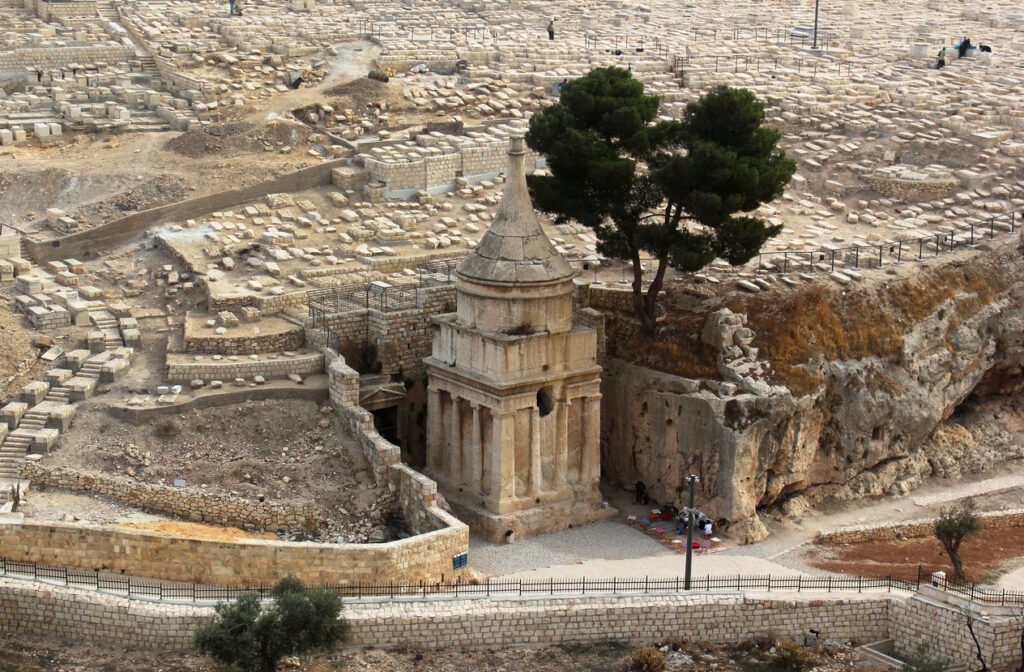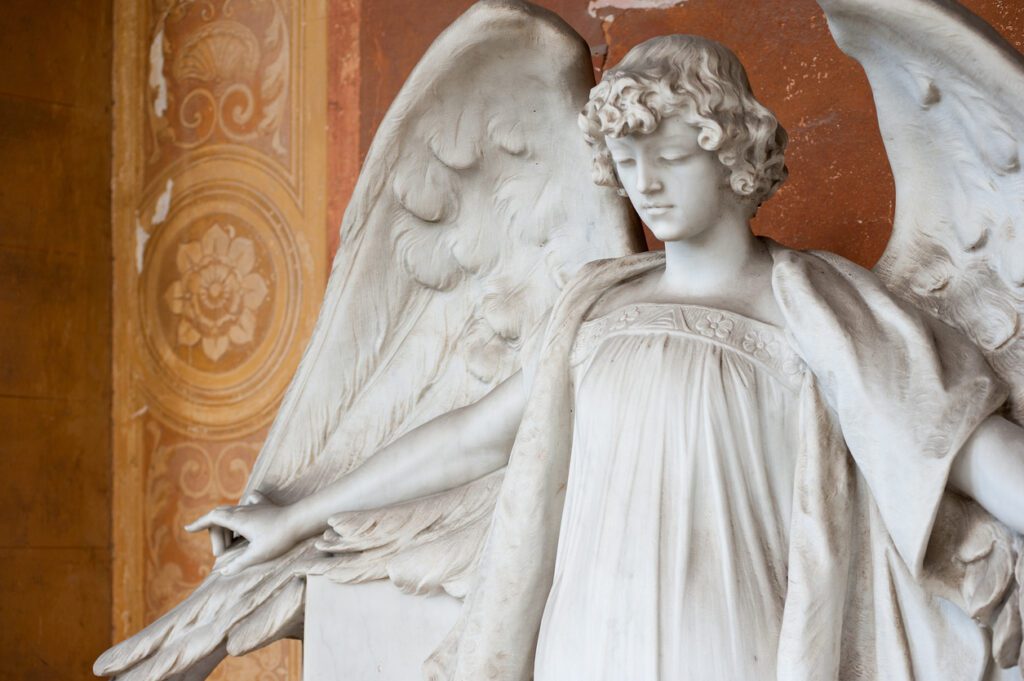The Year 2023 and the (S)meltdown of Hope
01/01/2023When the world was melting down during the lockdown-accelerated wedding of my daughter on March 22nd, 2020, I asked Jeff Mitchell, a retired full bird colonel and chaplain of the U.S. Air Force, “What is God doing?”
Without hesitation, he replied, “He is reshaping our hope.”
If 2020 was the year of the meltdown and reshaping of our hope, 2023 will be the year of the smelting and remaking of our hope. And if 2020 was the year our hope began to be redirected, then 2023 will be the year our hope is resurrected.
But you must remember that death and resurrection go together. It cannot be otherwise.
In 2023, your choice will be to collapse in the bitterness of hope that dies, or abide in the sunless predawn for the hope the Lord resurrects. Just ask the women at Christ’s empty tomb.

And what is this hope? It is Himself. And with Himself comes His perspective. And with His perspective comes a wholehearted desire to dive right into the middle of the events of this age as His mercy in the meltdown.
Now, intermediate hopes — that is, earthly ones — are understandable, natural, and expected. We hope for improvements to our homes. We hope for better relationships. We hope for a promotion. We hope for healing. But these hopes, when fulfilled, are stepping stones at best; kindness from the King of kings tutoring us to lift our eyes higher than earth to heaven and to Himself: we mature from looking for His hands to seeking His face.
The prophet Isaiah summed it up in a word that is both a memoir and a metaphor. This is what he recounts:
“In the year that King Uzziah died, I saw the Lord sitting on a throne, high and lifted up, and His glory filled the house.”
(Isaiah 6:1, Septuagint translation)
This is a word for 2023. It is not the only word, but it is a signpost for navigating what lies ahead. Let’s examine it.

Who was King Uzziah? He was a gifted, godly leader of Israel whose success led to pride and a dramatic fall. Though innovative, industrious, and devout, he lived out his final days in toxic isolation. His fall was so profound that, according to historian Josephus in Antiquites IX, a massive earthquake fractured the temple and shook the nation. Several modern geologists estimate that the quake pushed toward 8.2 on the Richter scale*, and the resulting havoc saturated the nation with such panic that the prophet Zechariah refers to it more than two hundred years later (14:5). The prophet Amos survived the earthquake, and, afterwards, Uzziah’s fall was so far-reaching in its effect that, according to the church fathers, the gift of prophecy ceased for the remainder of the king’s days as he languished in leprosy and others stepped into the leadership vacuum.
Parallel to Uzziah’s fall and his slow, agonizing death, so also, for many, hope was “on hospice.” The hope for strength, the hope for protection, and the hope for renewal seemed to be passing away. The hope that good would prevail over evil seemed to be at death’s door. The Lord seemed silent while hope wasted away. It appeared to be the end when Uzziah died.
Now, here is the metaphor in Isaiah’s memoir that applies to you:
What (or who) is your personal “King Uzziah”? What (or who) are you putting your hope in? It may very well be that it will be shaken in 2023. For the prophet Haggai writes that the Lord Almighty declares, “Once more I will shake all nations.” (2:6-7) That includes your nation. That includes you. And what you hope for.


But Isaiah’s lost hope falls right into the arms of a new vision, a new understanding of what (and who) to put his hope in. There is no gap in his gaze, but flooding into the failure of hope comes the fulfillment of hope at the same time. Just look again at his words:
“In the year that King Uzziah died, I saw the Lord sitting on a throne, high and lifted up, and His glory filled the house.”
No sooner are the earthly props removed when Isaiah sees the Lord: unshakeable, relentless in His love and leadership, established and overcoming all the ruin of this world until it becomes a new creation; for Isaiah saw in this same vision that “the whole earth is full of His glory.” (6:3)
What is this angelic declaration but accurate perspective on all things? For the discovery of the total perspective on what we and the world are going through is a perspective that not only overflows with hope, but the agony-baptized joy of heaven. That joy is like the agony of birth pains that are forgotten when we hold the child labored over. That joy is seeing the triumph of the One who became a cross-bound infant, yet, behind that veil of innocent flesh, is self-giving love, penetrating light, and a consuming fire.

The Greek version of Isaiah’s memoir describes the Lord’s glory “filling the house,” but the Hebrew version describes the “train of the Lord’s robe filling the temple.” It is the same thing. And what metaphor do we decode here for the chapter of history we are living? To do so, we must first remember where we are in the bigger story: we are in the Age of Grace eclipsing the former brick-and-mortar religion of the Age of the Law. One result of that eclipse is that the Lord’s house, the Lord’s temple, is us.
The Lord’s house is composed of those who belong to Him. And for the Lord’s presence to fill that kind of “house” means we are purified of heart and rich in obedience to Him. He dwells among us to such a degree that, collectively, the nations discern that One Person animates us, a body of people increasing across all languages and continents until “the whole earth is full of His glory.”
For this to be so, the Lord must make swift and at times shocking judgment calls in His church — both leaders and followers, both institutions and movements — in order for His house to be cleared of all that obstructs the world from beholding Him in our midst. We must no longer be a marketplace, but a dwelling place. We must no longer be a platform for parading talents, but a homely house for revealed mysteries.
“For it is time for judgment to begin at the household of God,” writes Peter, “and if it begins with us what will be the outcome for those who do not obey the good news of God? And ‘If the righteous is scarcely saved, what will become of the ungodly and the sinner?’” (1 Peter 4:17-18, quoting the Septuagint version of Proverbs 11:31)

To have faith in the One riding a white horse out of heaven like we see in Revelation 16:11 can be a most desperate undertaking in the face of all that mocks our hope. It requires courage. But the apostle assures us, “We are His house, if we indeed hold firmly to our confidence and the hope in which we glory.” (Hebrews 3:6, NIV)
And in the same way the Lord purified the prophet Isaiah by the hot coal of His proactive presence, even so the Lord will purify us by His proactive intervention, such that, having been humbled by His holiness — that is, His real presence — we shall see Him more clearly than we ever have, and therefore see the events of the world for what they actually are, from the wonder of man’s inventiveness to the wrath-magnet of his hardheartedness. We will increasingly perceive unfolding events as a prelude to the triumph of our soon returning Lord, such that, in preparation for that Day (a joy of reward for some, a terror of accountability for others), we wholeheartedly volunteer when we hear His question sounding out both to angels and to men, “Whom shall I send, and who will go for Us?” (Isaiah 6:5-8).
Our reply will be without hesitation, even as we brim with the knowledge of our unworthiness commingled with the knowledge of the Worthy One who forgives us:
“Here am I. Send me.” (6:8)
That is the trajectory of our hope in the year 2023.
© Kurt Mähler
* Richter scale estimate is from Steven A. Austin, Gordon W. Franz, and Eric G. Frost, “Amos’s Earthquake: An Extraordinary Middle East Seismic Event of 750 B.C.” International Geology Review 42 (2000) 657–671.
See also the essay “Where We Are Headed” written in January 2021.

Beautifully written
Loved this :
we mature from looking for
His hands to seeking His face.
Let’s keep maturing. He is enough
Amen! This is so powerful, and leads me in awe and wonder before our God!
Thank you for sharing these truthful insights.
Thank you, Jonathan. So good to hear from you!